11 Wines That Are Perfect for Cellaring and Aging
If you’re looking to invest in wines that improve with age, certain varietals are known for their exceptional aging potential. Wines with high acidity, strong tannins, and complexity are the best candidates for cellaring, as they develop deeper flavors and smoother textures over time. Whether you prefer red, white, or sparkling, these wines promise a rewarding experience as they mature, making them perfect choices for collectors and connoisseurs alike.
This post may contain affiliate links, which helps keep this content free. Please read our disclosure for more info.
Cabernet Sauvignon
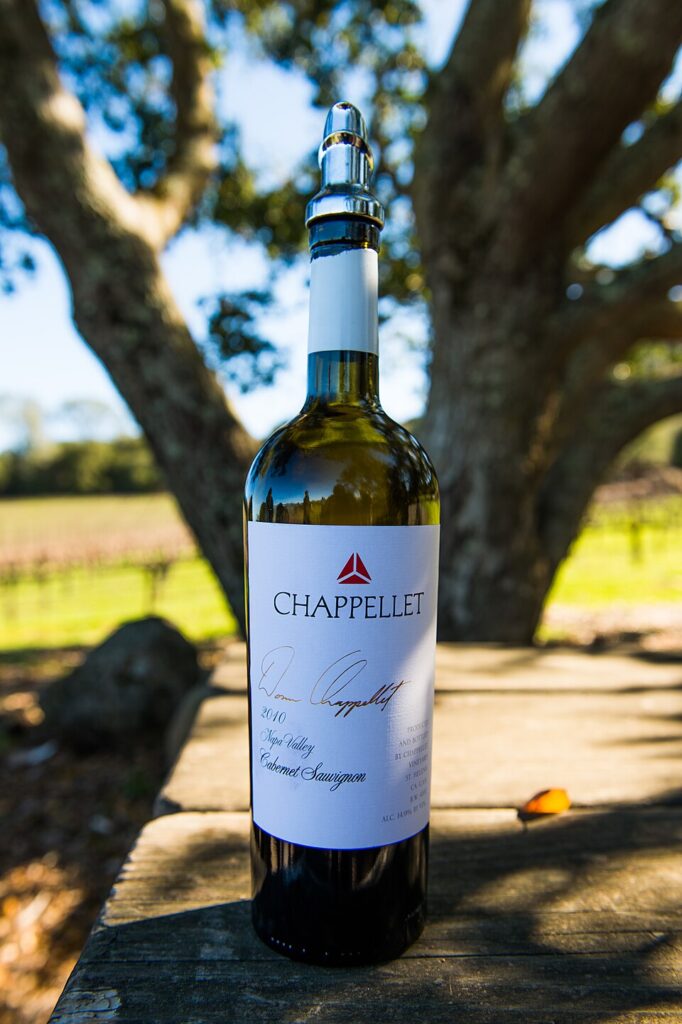
Cabernet Sauvignon is a classic choice for aging due to its structure, which is defined by high tannins and acidity. These elements help preserve the wine’s integrity over time. The tannins in Cabernet Sauvignon are particularly significant because they act as natural preservatives, allowing the wine to mature gracefully. As the wine ages, its bold fruit flavors, such as blackcurrant and cherry, develop into more complex layers, often revealing earthy, tobacco, and leather notes. This transformation makes the wine smoother, richer, and more nuanced.
The high acidity in Cabernet Sauvignon also plays a key role in its aging potential. It keeps the wine vibrant, preventing it from becoming flat or overly oxidized. As it ages, the wine’s intense flavors integrate better, and the tannins soften, resulting in a well-balanced and sophisticated profile. If properly cellared, Cabernet Sauvignon can age for decades, reaching its peak after 10 to 20 years.
Merlot
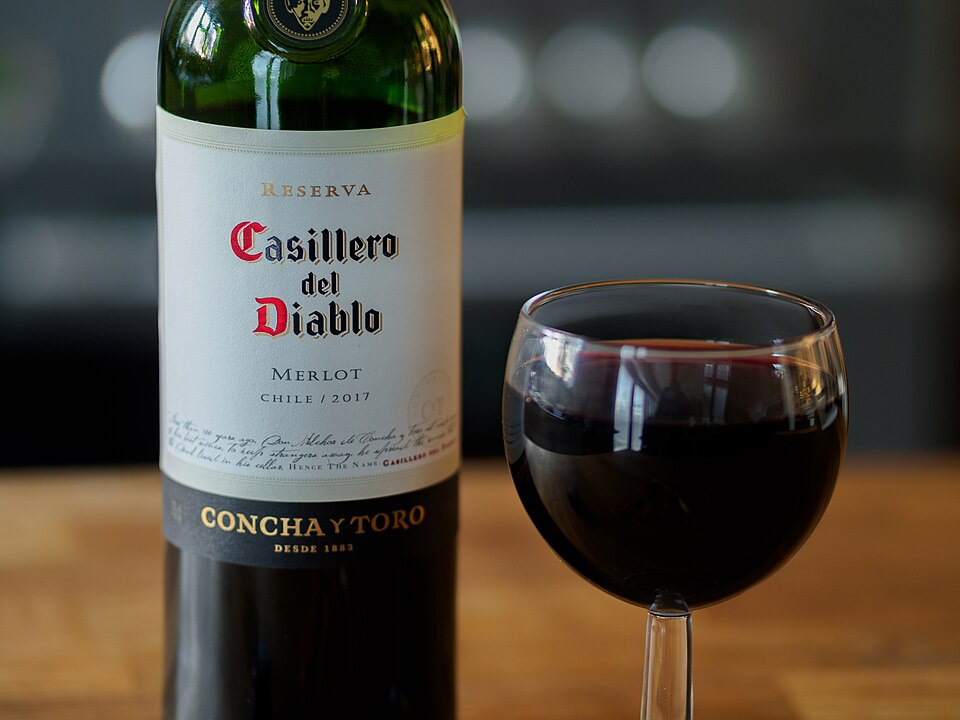
Merlot is known for its softer tannins and lush, fruit-forward character, but it also has excellent aging potential, particularly in high-quality examples. With its balanced acidity and rich fruit flavors like plum, cherry, and blackberry, Merlot ages in a way that deepens its profile. Over time, the fruit becomes more subdued, and secondary flavors such as chocolate, tobacco, and leather emerge, adding layers of complexity. The softer tannins make it a more approachable choice compared to other reds, yet it still offers the ability to evolve into something more refined.
Aging Merlot allows it to achieve a velvety texture that is prized among collectors. While younger Merlot tends to focus on fresh fruit flavors, its aged counterpart develops a smoothness that enhances its drinkability. The aging process helps integrate the flavors, making the wine more harmonious and sophisticated, with the wine’s natural acidity keeping it fresh and vibrant for many years.
Nebbiolo
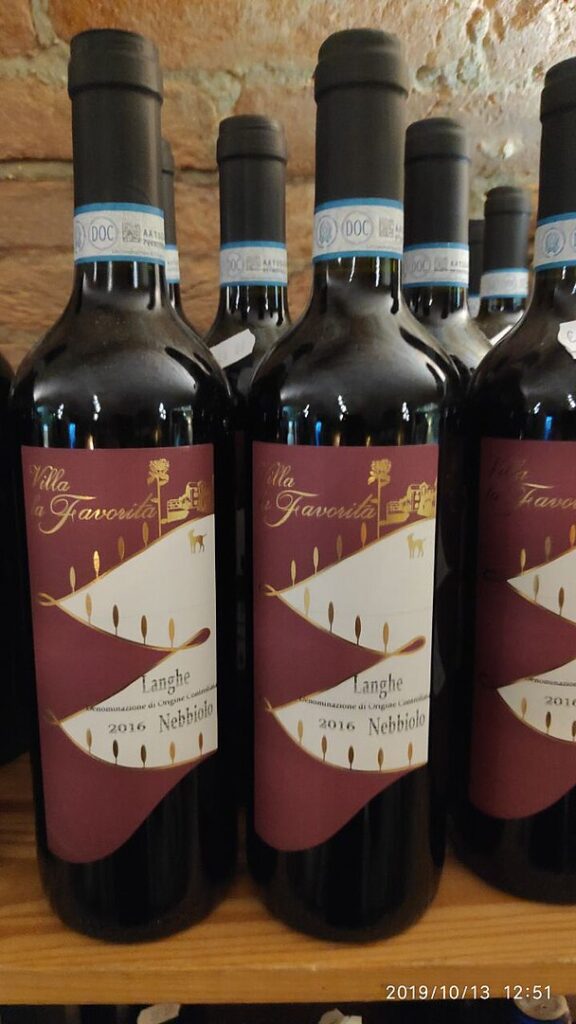
Nebbiolo is one of Italy’s finest and most age-worthy grape varieties, known for producing wines like Barolo and Barbaresco. This grape is famous for its high tannin levels and vibrant acidity, both of which are crucial for aging. Nebbiolo’s structure allows it to develop complex aromas and flavors over time, such as dried roses, tar, and earthy nuances. With age, Nebbiolo’s youthful intensity softens, and its flavors become more nuanced, creating a wine that evolves beautifully in the bottle.
One of the key features of Nebbiolo is its ability to maintain freshness while aging, thanks to its natural acidity. As it matures, the tannins become smoother, and the wine gains greater depth and complexity. The aging process can be quite slow, with top-quality Nebbiolo wines often requiring 15 to 20 years or more to reach their peak. The result is a wine that showcases an elegant balance of power and refinement, making it a favorite for collectors and connoisseurs.
Chardonnay (Burgundy)
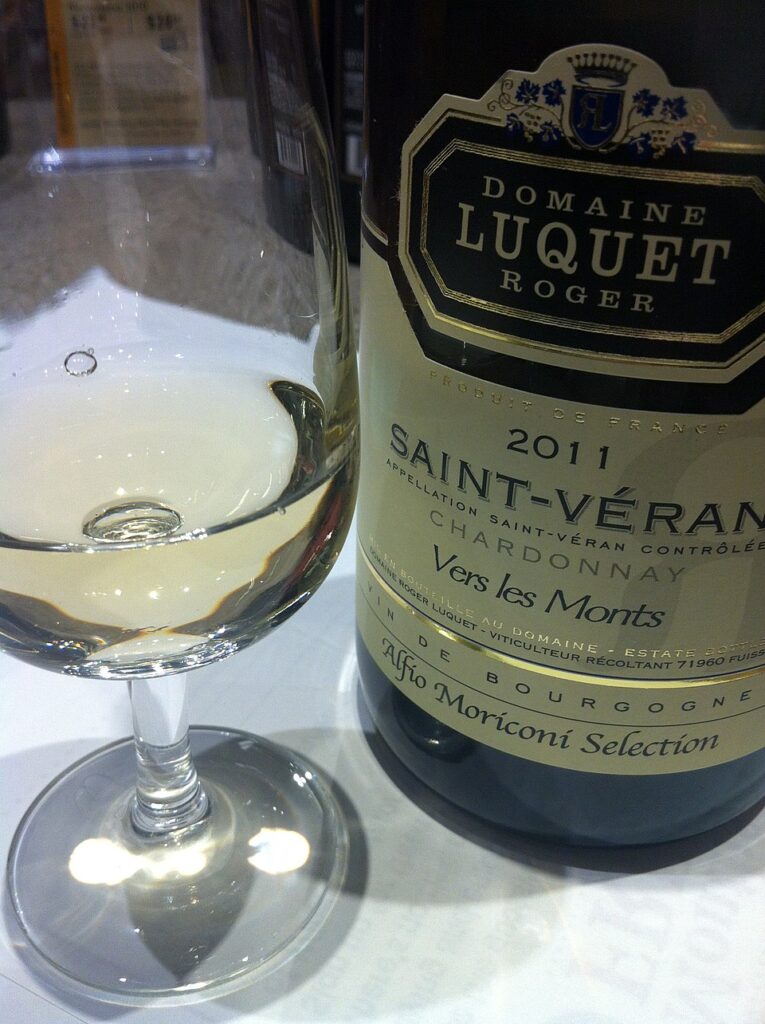
Chardonnay from Burgundy, particularly from regions like Meursault and Puligny-Montrachet, has excellent aging potential. Known for its full-bodied texture and rich flavor profile, this wine benefits from high acidity and, in some cases, oak aging, which adds complexity. As Chardonnay ages, its fresh fruit flavors of apple and citrus evolve into more mature notes of honey, toasted almonds, and brioche. The wine’s smoothness develops, and it takes on a rounder, creamier mouthfeel, which is a hallmark of well-aged Chardonnay.
The aging process in Burgundy Chardonnay is enhanced by the minerality of the region’s soil, which helps preserve the wine’s fresh, crisp character. As it matures, the wine’s acidity ensures it retains its vibrancy, and the oak influence becomes more integrated, lending the wine a subtle complexity that develops over time. This wine can age for a decade or more, with its flavor profile continuing to evolve as the years pass.
Syrah (Northern Rhône)
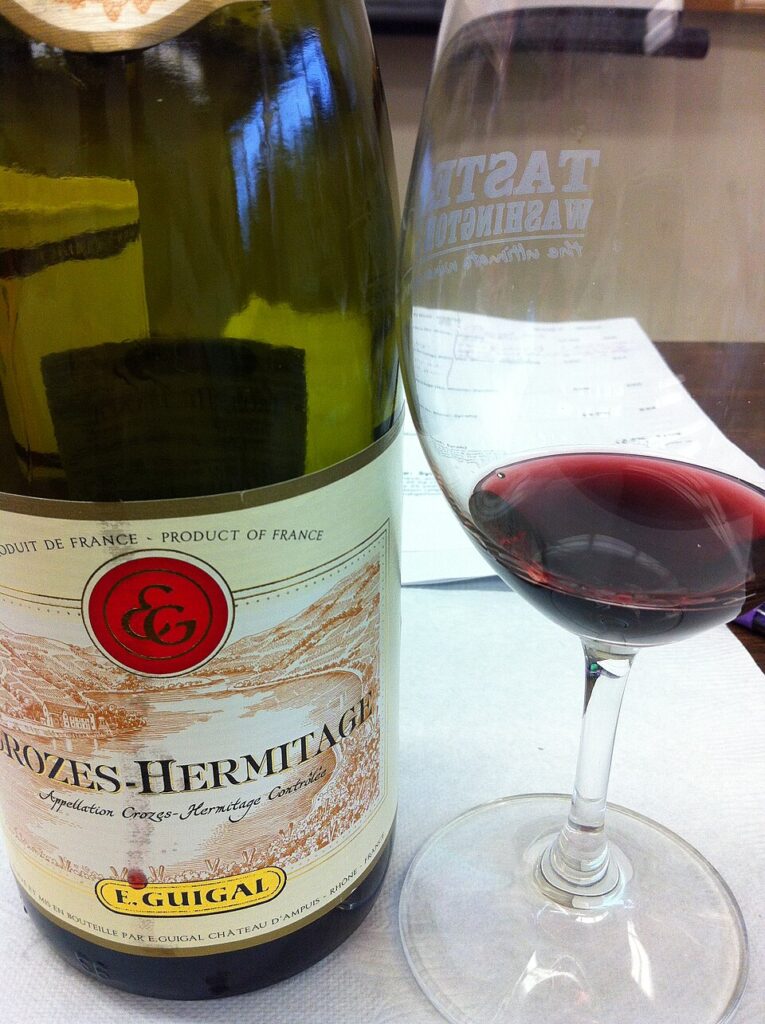
Syrah from the Northern Rhône, particularly from regions like Côte-Rôtie and Hermitage, is renowned for its aging potential. This wine is characterized by high tannins, acidity, and complexity, which allow it to mature gracefully in the bottle. Syrah typically offers bold flavors of dark fruits like blackberry and plum, along with spicy, smoky, and meaty notes. Over time, these flavors evolve, and more savory characteristics like leather, black pepper, and earthy elements emerge, giving the wine an even more complex and intriguing profile.
The structure of Syrah allows it to age for many years, with its tannins gradually softening and the acidity maintaining freshness. As the wine matures, the fruitiness becomes less dominant, and the secondary flavors become more prominent, adding depth to the overall experience. Syrah can reach its peak after 10 to 20 years of aging, revealing a sophisticated balance of fruit, spice, and earthiness that is highly sought after by wine lovers.
Sangiovese (Brunello di Montalcino)
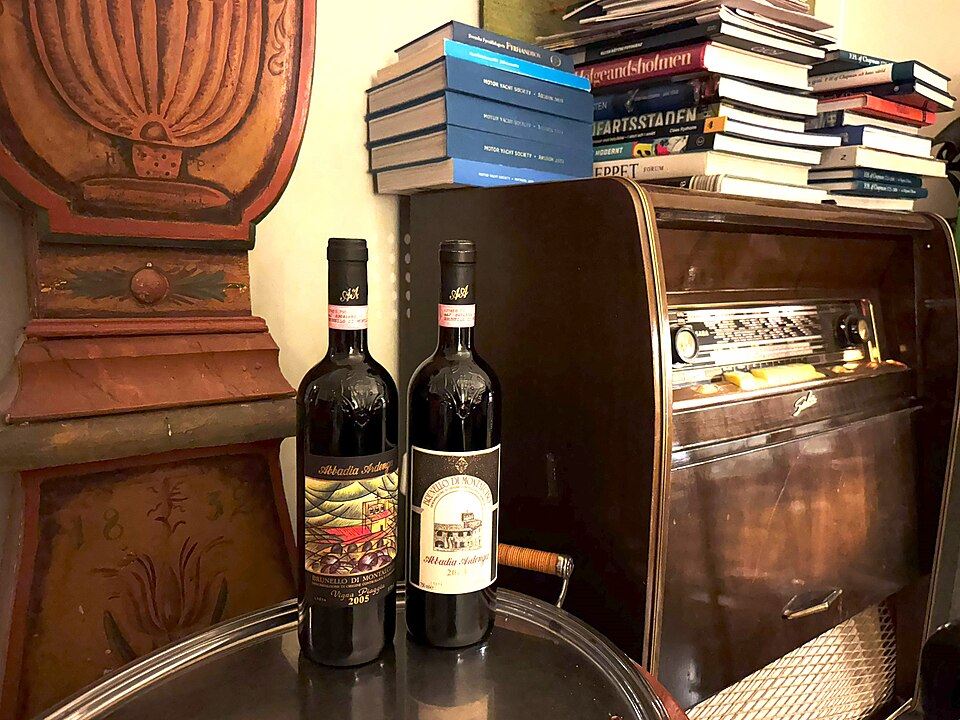
Sangiovese, especially in the form of Brunello di Montalcino, is an Italian red wine that is built for aging. Known for its high acidity and firm tannins, Brunello offers a structured wine that develops beautifully over time. As it ages, the wine’s red fruit flavors, such as cherry and raspberry, evolve into more complex notes of leather, tobacco, and dried herbs. The tannins soften, and the wine takes on a smooth, velvety texture, revealing its true depth and complexity.
The high acidity in Sangiovese helps preserve the wine’s freshness, making it a great candidate for long-term cellaring. With 10 to 20 years of aging, Brunello di Montalcino reaches a point where it is perfectly balanced, with its flavors fully integrated. The wine develops a beautiful harmony between its fruit, tannins, and acidity, making it a standout choice for collectors looking to experience the transformation of a wine over time.
Pinot Noir (Burgundy)
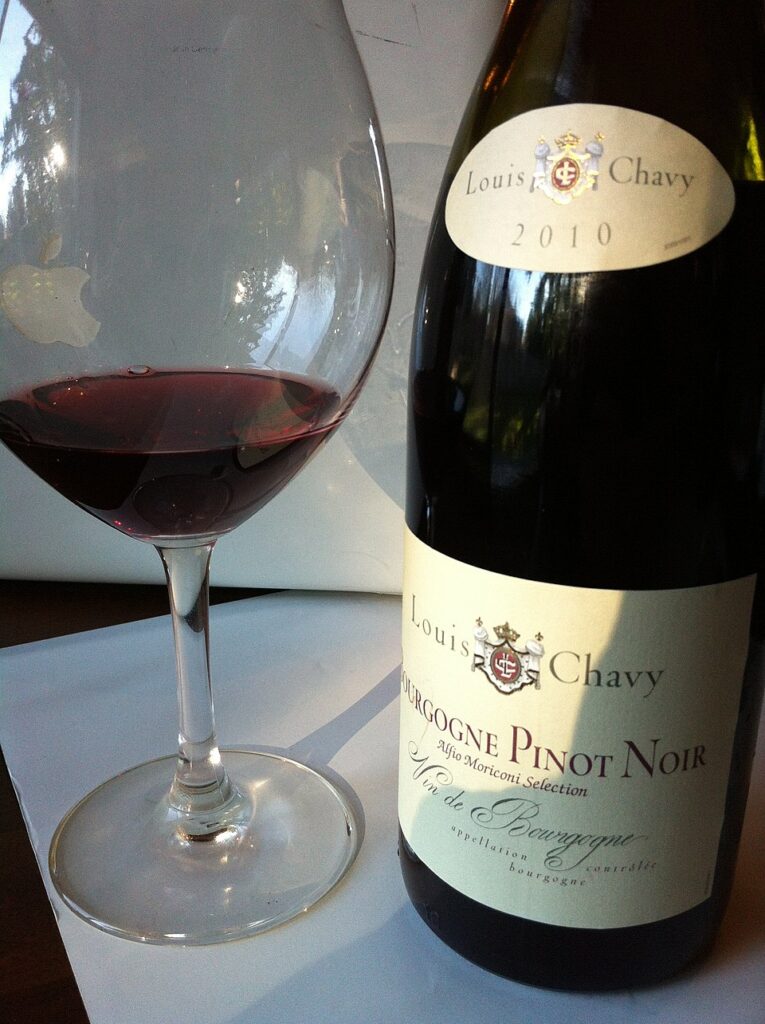
Burgundy Pinot Noir is often considered one of the best wines for aging due to its balance of acidity, tannins, and complexity. While Pinot Noir is typically lighter in body than other red wines, it has the structure to age well when made from top vineyards in Burgundy. As it matures, Pinot Noir’s bright red fruit flavors, such as strawberry and cherry, evolve into deeper, more savory notes of earth, mushrooms, and forest floor. The wine becomes smoother, with softer tannins and a more refined texture.
The aging potential of Pinot Noir is driven by its acidity, which helps the wine maintain its freshness over time. With proper cellaring, Burgundy Pinot Noir can develop in complexity for 10 to 20 years, becoming a wine with layered flavors and a silky, elegant mouthfeel. The wine’s ability to evolve and develop greater depth makes it a favorite among collectors and wine enthusiasts.
Tempranillo (Rioja)
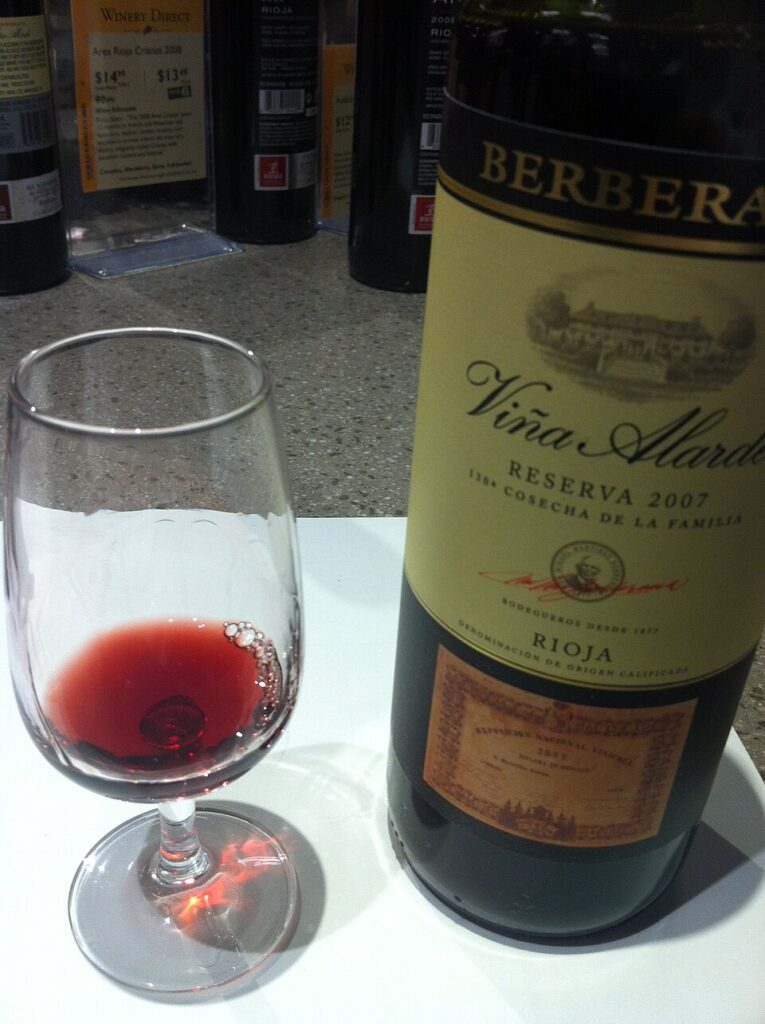
Tempranillo, especially from the Rioja region of Spain, is known for its excellent aging potential. Rioja wines often have a high level of tannins and acidity, which are key factors in helping the wine age well. As Tempranillo matures, its fruity flavors of plum and cherry give way to more complex notes of leather, vanilla, and spices. Over time, the tannins soften, and the wine gains a smoother, more elegant texture, with the acidity maintaining its freshness.
Rioja wines can age for many years, with the best examples maturing for 10 to 20 years or more. The combination of oak aging and natural acidity allows Tempranillo to develop a refined complexity, making it a top choice for those looking to age their wines. As it matures, the wine offers a balance of fruit, oak, and spice that is highly prized.
Zinfandel (California)
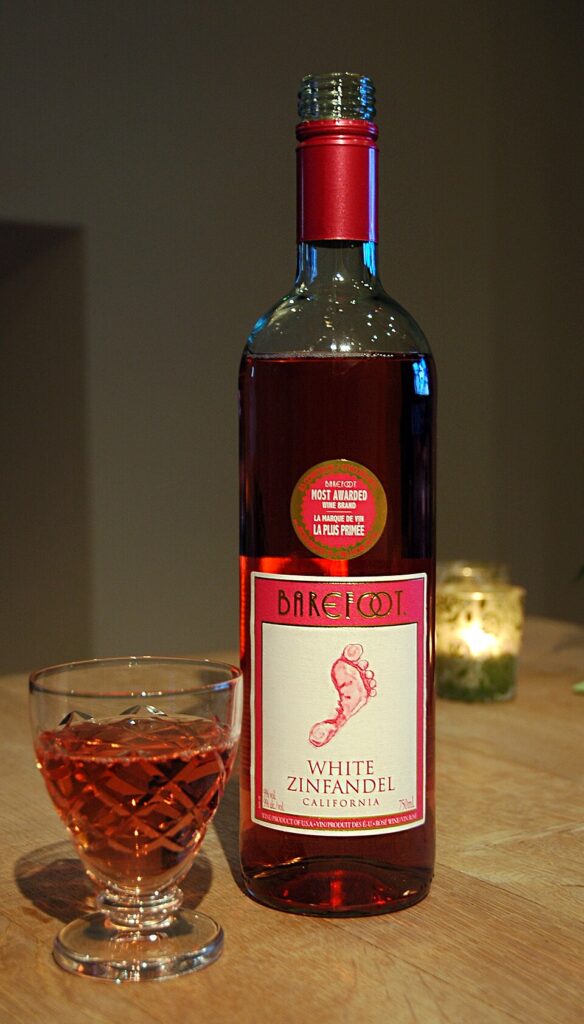
Zinfandel, particularly from California’s old-vine vineyards, has the structure to age well due to its balanced acidity and firm tannins. While Zinfandel is known for its bold fruit flavors, such as blackberry and raspberry, it also has a spiciness that develops as the wine ages. Over time, the wine’s fruitiness becomes more subdued, and secondary flavors like pepper, tobacco, and leather become more pronounced. This transformation adds complexity and depth to the wine.
The aging potential of Zinfandel is enhanced by the high tannin content, which allows the wine to evolve gracefully over time. Well-made Zinfandel can age for 10 to 15 years, revealing a more integrated and sophisticated profile. The wine becomes smoother as the tannins soften, and the secondary flavors gain prominence, making it a rewarding wine to cellar.
Cabernet Franc (Loire Valley)
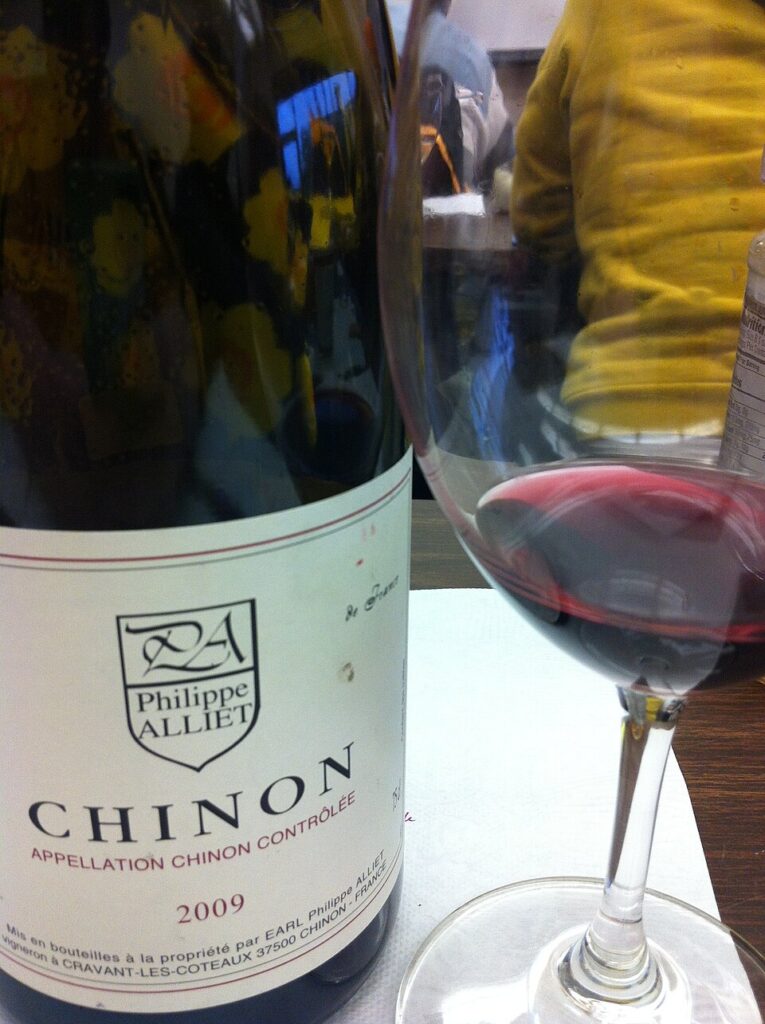
Cabernet Franc from the Loire Valley, particularly in regions like Chinon and Bourgueil, offers excellent aging potential. Known for its bright acidity and moderate tannins, Cabernet Franc is a wine that matures slowly, gaining complexity over time. The wine typically showcases flavors of red berries, herbs, and sometimes bell pepper, but as it ages, these flavors evolve into deeper notes of leather, tobacco, and earthy elements. The wine’s acidity helps preserve its freshness, while the tannins soften, creating a more refined and balanced wine.
Cabernet Franc wines from the Loire Valley can age for 10 to 20 years, developing a more harmonious and nuanced profile. As the wine matures, it reveals its full potential, with integrated flavors that create a smooth, silky mouthfeel. This makes it an excellent choice for aging, particularly for those who enjoy wines that develop with time.
Barbera (Barbera d’Asti)
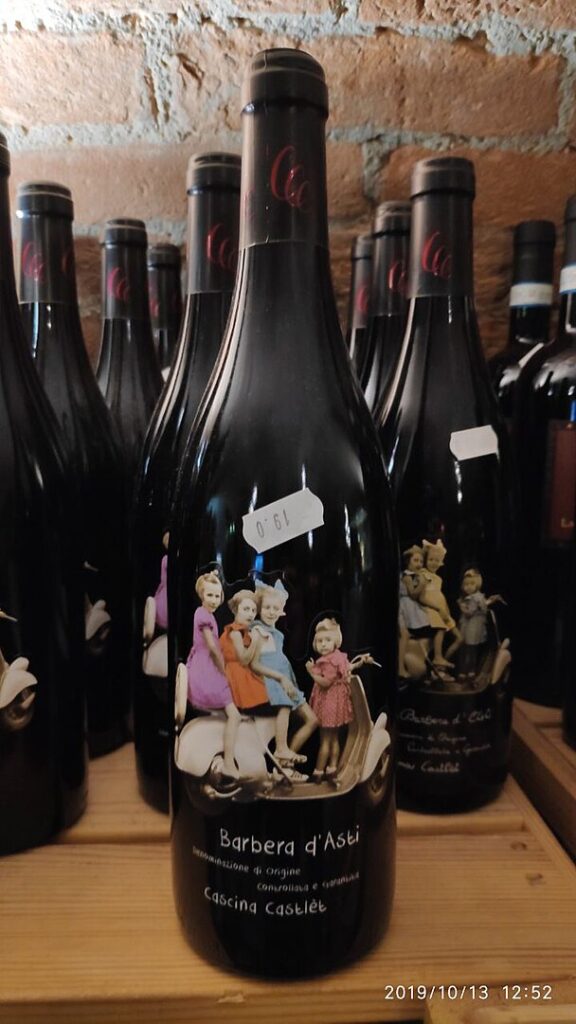
Barbera, particularly from the Barbera d’Asti region of Italy, is known for its high acidity and relatively low tannin content, making it an excellent candidate for aging. While Barbera wines are typically more approachable in their youth, aging allows them to develop deeper flavors. Over time, Barbera’s bright fruit characteristics, such as cherry and raspberry, evolve into more complex notes of leather, herbs, and spices. The wine’s acidity helps preserve its vibrancy, ensuring that it ages gracefully.
Barbera wines are often best enjoyed after 5 to 10 years of aging, when the fruit flavors have mellowed, and the wine has gained greater complexity. The high acidity helps the wine maintain its freshness, and as the tannins soften, the wine becomes smoother and more balanced. Aged Barbera offers a more sophisticated and well-rounded drinking experience.
This article originally appeared on Avocadu.
